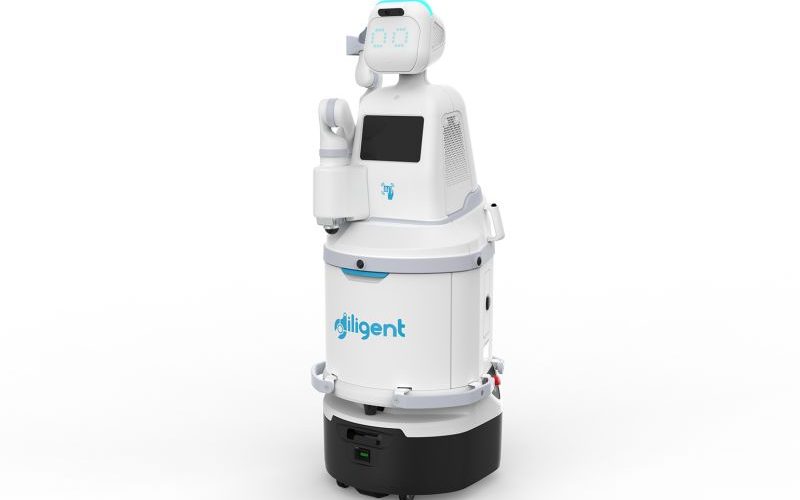
Humanoid Robots Poised for Increased Adoption, Driven by Technological Advancements
A recent analysis indicates that humanoid robots are on the cusp of wider adoption, fueled by significant advancements in their technology and capabilities. These developments are paving the way for their integration into various sectors, promising enhanced efficiency and new operational possibilities.
Advancements in Mobility and Dexterity
Key breakthroughs have been observed in the mobility and dexterity of humanoid robots. Improved joint designs, sophisticated sensor integration, and advanced control algorithms are enabling these machines to navigate complex environments with greater agility and perform tasks requiring fine motor skills. This enhanced physical capability is crucial for their deployment in dynamic settings such as manufacturing floors, warehouses, and potentially in roles requiring human-like interaction.
Expanding Applications and Economic Impact
The evolving capabilities of humanoid robots are opening doors to a broader range of applications. Beyond industrial settings, there is growing interest in their potential use in logistics, healthcare, and customer service. These applications could lead to significant economic impacts by optimizing workflows, addressing labor shortages, and creating new service models. The development is closely watched by industries seeking to leverage advanced automation for competitive advantage.
Future Outlook and Development Trajectory
The trajectory of humanoid robot development suggests a future where these machines play an increasingly integrated role in society. Continued research and investment in areas such as artificial intelligence, materials science, and energy efficiency are expected to further refine their performance and cost-effectiveness. The industry is focused on developing robots that can safely and effectively collaborate with humans, representing a significant step forward in automation technology.
In summary, the field of humanoid robotics is experiencing a period of substantial growth, driven by technological progress in areas like mobility and dexterity. This evolution is broadening their potential applications across multiple industries, with significant implications for future economic landscapes and operational efficiencies.